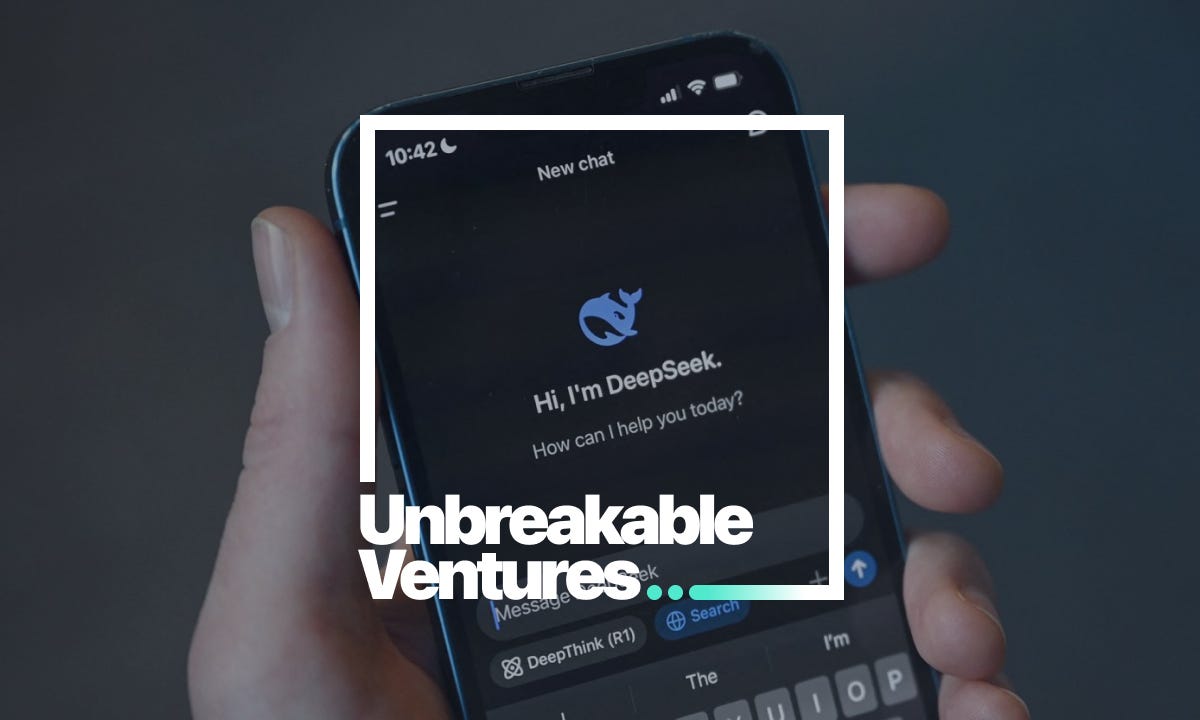What is DeepSeek and should I be concerned?
The buzz of an ultra-powerful, new LLM comes with a shadow of serious risk.
In the quiet tech hub of Hangzhou, China, far from the bustling innovation centres of Silicon Valley, a revolution in artificial intelligence was taking shape. When technology reporter Stu Woo first encountered DeepSeek during a video interview, he witnessed something remarkable: a San Francisco-based AI company founder choosing this unknown platform ov…
Keep reading with a 7-day free trial
Subscribe to Unbreakable Ventures to keep reading this post and get 7 days of free access to the full post archives.



